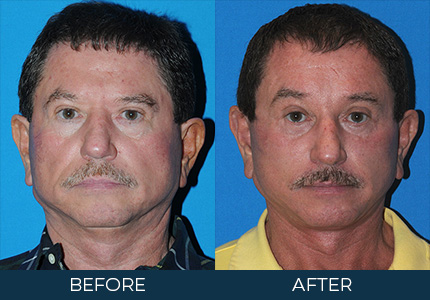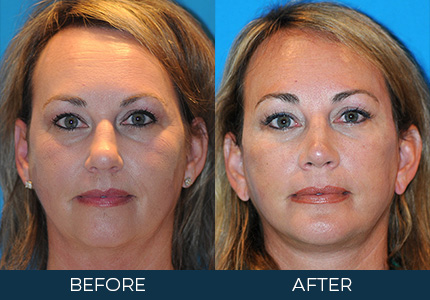Expert Natural-Looking Facelift in Nashville, Tennessee
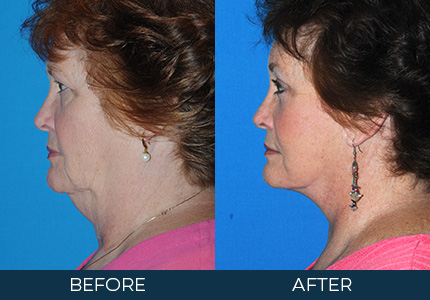
A facelift, referred to medically as a rhytidectomy, is a popular cosmetic surgical procedure used to give men and women a refreshed, relaxed and more youthful appearance. Data shows that the number of facelifts performed in the United States has increased by twenty-two percent in the past five years as many patients are looking for optimal, lasting rejuvenation results that can’t be found with injections, fillers and lasers.
Dr. Mark Clymer, a board certified facial plastic surgeon, understands that a major concern of patients considering a facelift is that they want to look like a refreshed and younger version of themselves. They don’t want to look like they have had surgery. Patients want to look, “different better, not different other.”
To address this concern, Dr. Clymer advises his patients that the key to a natural look lies in the details of the techniques used. There are no shortcuts to quality, and many times a “short cut” or simple procedure may lead to a more operated or unnatural look. A more thorough procedure, although one that may require some downtime, will give a much more natural result.
During your consultation with Dr. Clymer he will discuss the best possible options for each patient to achieve a satisfying natural look.
WHO CAN BENEFIT FROM A FACELIFT?
WHAT IS YOUR PRACTICE PHILOSOPHY REGARDING FACIAL PROCEDURES?
HOW IS A FACELIFT PERFORMED?
WHAT IS THE AVERAGE AGE OF DR. CLYMER'S FACELIFT PATIENTS?
WHAT CAN YOU EXPECT AFTER YOUR FACELIFT SURGERY?
HOW LONG DOES A FACELIFT LAST?
WHAT CRITERIA DO YOU USE TO DETERMINE IF A PATIENT IS A CANDATE FOR A MINI-FACELIFT VERSUS A FULL FACELIFT?

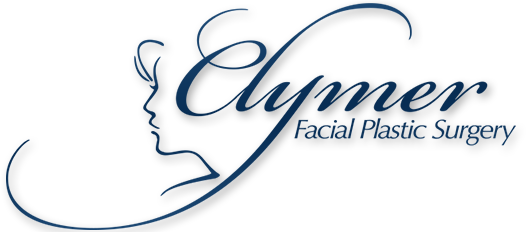
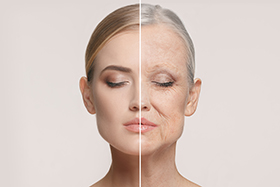 As we age our skin begins to lose its elasticity and facial tissue loss occurs. This loss of volume and skin elasticity results in wrinkles, folds and sagging skin. These visible signs of aging develop in the face, forehead, and neck at different rates in different people.
As we age our skin begins to lose its elasticity and facial tissue loss occurs. This loss of volume and skin elasticity results in wrinkles, folds and sagging skin. These visible signs of aging develop in the face, forehead, and neck at different rates in different people.